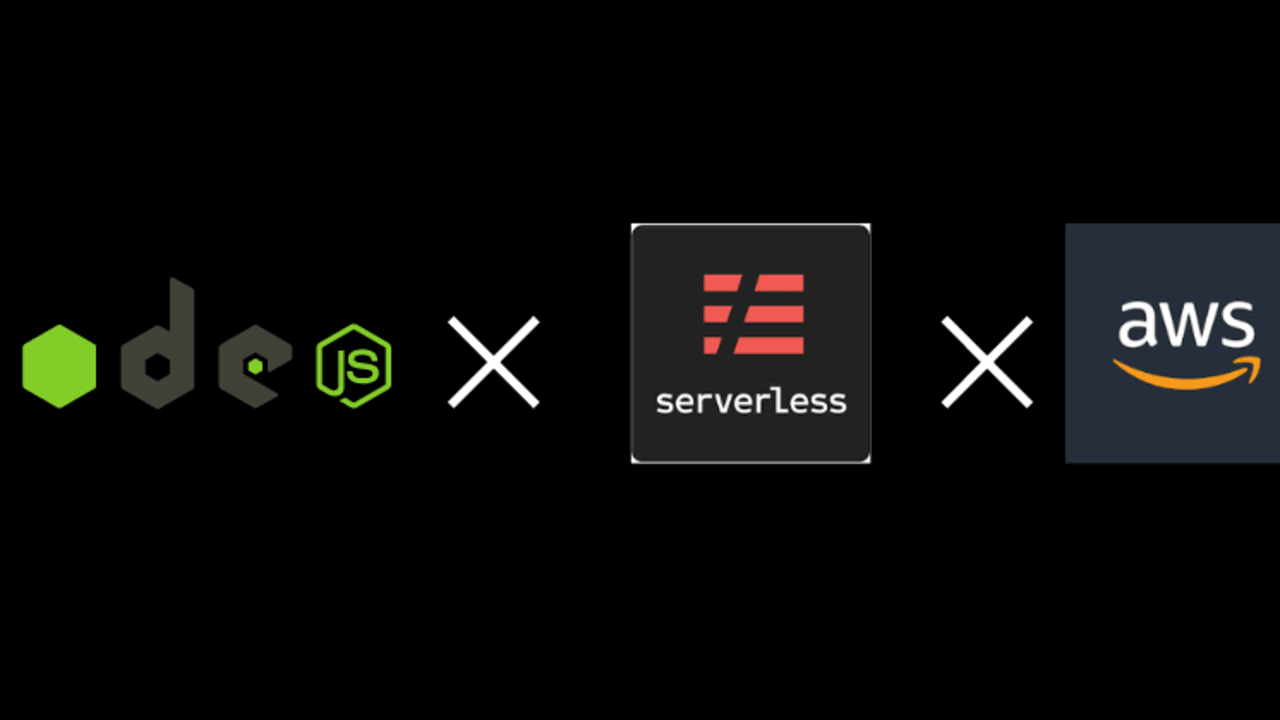Serverless NodeJS: Everything to Know About
In the fast-paced world of web development, technologies are constantly evolving to meet the demands of modern applications. Serverless computing has emerged as a game-changer, and when coupled with the power of NodeJS, it creates a dynamic duo that developers are embracing with open arms. This article is your go-to resource for diving deep into the world of Serverless NodeJS, covering everything from its fundamentals to its real-world applications.
Serverless computing, often referred to as Function as a Service (FaaS), is a cloud computing model where developers can write code and deploy it without worrying about managing the underlying infrastructure. NodeJS, on the other hand, is a popular runtime environment that enables developers to build scalable and efficient server-side applications using JavaScript. When combined, these technologies provide a potent solution for building modern applications that scale seamlessly.
Benefits of Serverless NodeJS
Serverless NodeJS offers a plethora of benefits that cater to developers, businesses, and end-users alike:
- Cost Efficiency: With Serverless NodeJS, you only pay for the compute resources used during the execution of your code, making it a cost-effective solution for businesses of all sizes.
- Scalability: Serverless platforms automatically scale your application based on demand, ensuring optimal performance even during traffic spikes.
- Reduced Complexity: Developers can focus solely on writing code without dealing with server management, OS updates, or scaling configurations.
- Faster Time-to-Market: The serverless model accelerates development cycles by simplifying deployment and eliminating infrastructure-related delays.
- Flexibility: Serverless NodeJS supports a wide range of use cases, from simple APIs to complex data processing tasks.
Use Cases of Serverless NodeJS
Serverless NodeJS finds its application in various scenarios, each harnessing its strengths to solve unique challenges:
- API Development: Building APIs with Serverless NodeJS streamlines the process by removing the need to manage servers. This is particularly useful for microservices architectures.
- Real-time Data Processing: Serverless functions can be triggered by events, making them ideal for processing real-time data streams, such as IoT device data.
- Image and Video Processing: Applications requiring image or video manipulation can utilize Serverless NodeJS to dynamically resize, compress, or transcode media files.
- Chatbots: Implementing chatbots becomes easier with Serverless NodeJS. It allows for rapid development and deployment of conversational interfaces.
- Scheduled Tasks: Automate routine tasks like data backups, clean-ups, and report generation using scheduled Serverless NodeJS functions.
Implementing Serverless NodeJS: Best Practices
To make the most out of Serverless NodeJS, consider these best practices:
- Function Segmentation: Divide your application’s functionality into smaller, focused functions, allowing for better resource utilization and efficient scaling.
- Statelessness: Keep your functions stateless, as they can be terminated and replicated at any time. Store persistent data in databases or external storage.
- Optimized Dependencies: Minimize the size of your deployment package by excluding unnecessary dependencies and modules.
- Monitoring and Logging: Implement robust monitoring and logging mechanisms to gain insights into the performance and behavior of your functions.
- Error Handling: Design your functions to handle errors gracefully. Utilize retry mechanisms for transient errors and set up alerts for critical issues.
FAQs
Q: Can I use third-party libraries with Serverless NodeJS?
A: Absolutely! Serverless NodeJS supports the integration of third-party libraries via package managers like npm. Just ensure they are included in your deployment package.
Q: What cloud providers offer Serverless NodeJS services?
A: Major cloud providers such as AWS Lambda, Azure Functions, and Google Cloud Functions offer Serverless NodeJS services.
Q: Is debugging Serverless NodeJS functions challenging?
A: While debugging distributed serverless applications can be complex, tools like AWS X-Ray and Azure Application Insights can assist in identifying issues.
Q: What security considerations should I keep in mind?
A: Secure your functions by configuring appropriate access controls, using environment variables for sensitive information, and implementing data validation.
Q: Can I use Serverless NodeJS for long-running tasks?
A: Serverless functions are better suited for short-duration tasks. Long-running tasks may be subject to timeouts imposed by the serverless platform.
Q: How can I optimize the cold start time of my functions?
A: Minimize the deployment package size, optimize dependencies, and consider using provisioned concurrency to reduce cold start times.
Conclusion
In the realm of modern web development, Serverless NodeJS stands out as a groundbreaking combination that empowers developers to create scalable, efficient, and cost-effective applications. From its cost-efficient nature to its versatility in handling various use cases, Serverless NodeJS is a technology worth embracing. By following best practices and understanding its nuances, you can harness its potential to craft impressive applications that deliver exceptional user experiences.
============================================
SourceBae: Hire React Developer






